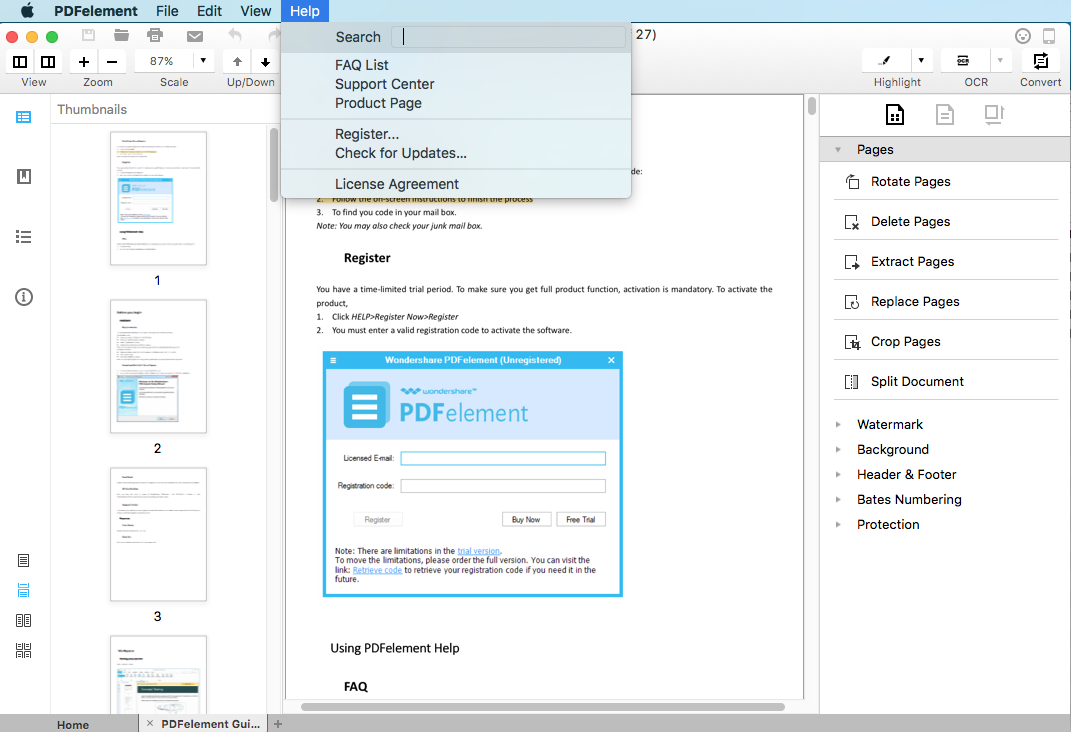고정 헤더 영역
상세 컨텐츠
본문

Identity Finder is designed to find personally identifiable information. Local user folders (Documents, Desktop, Downloads, Music, etc.). For future reference, our Quick Scanning Guide can assist you in launching, searching, shredding, ignoring, and saving results.
What does it do? Identity Finder scans University owned computers for files containing sensitive Personally Identifiable Information (PII) in the form of Social Security Numbers, Credit Card information, and Bank Account Numbers. Once it finds sensitive information, a remediation action must be chosen by the user (the tool does not perform remediations automatically.) How do I use it? You can scan your computer by opening Identity Finder and clicking the green start button in the upper left corner. Let the scan sit while it’s running, it will take a while for the program to work through all the data on your computer. After the scan is complete, you will see a list of the PII the scan found and the remediation actions you can take for each document. (Note: these results contain fake test data) What remediation options do I have?.
If the files are no longer needed, Shred (delete) them – even if they are documents that reside in email. If the files are needed, but the identifying information is not needed, use the Scrub function in Identity Finder to automatically redact information (replaces PII with X’s.) If the information cannot be Scrubbed, you can also remove the identifying information from the files by hand. If the match is a false positive, use the Ignore option within Identity Finder to remove them from the results list. You only have to ignore a file or match once – once the collection is ignored, Identity Finder will NOT flag it in successive runs. If the files are needed and the identifying information must be kept:.
Determine if they can be moved to a more secure location such as a department file share. If the file can’t be moved, do not take any action with Identity Finder. You must, and you must.
Identity Finder Quick User Guide For Macbook Pro


Check this out.I re-installed Mavericks last night and the issue still existed. Made a genius bar appt for today and they actually went above and beyond and replaced my laptop with the most current MBP. I had to buy AppleCare but get a business discount and the actual laptop (with improved specs) was cheaper.out of pocket was $211.
Identity Finder Quick User Guide For Mac Download
Anyway, got home, restored from my Time Machine backup and the problem still exists. I also found that it also exists if you go through Finder and choose Cover Flow as the viewing type. Apple tech support did an NVRam reset last night and the guy was convinced it was a graphics card issue. Genius today didnt think so and here we are. I have thousands and thousands of pictures and every single one I have tried has same result.
What should I do?





